Indo-China Tour vs Indian Subcontinent Tour
30 Aug 2024 Umesh Paneru
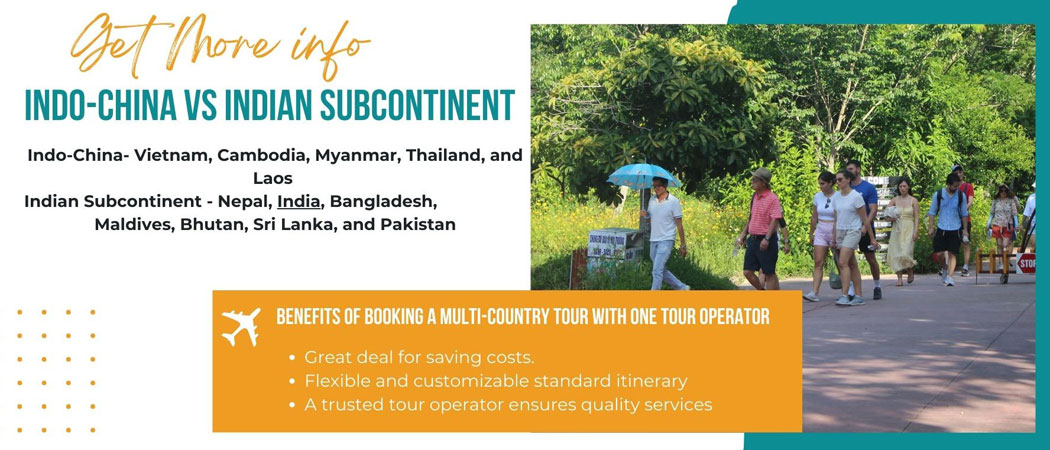
Traveling to Indo-China and the Indian Subcontinent regions is phenomenal as both boast a wide range of landscapes from Himalayan peaks to tropical coastlines. Both regions have abundant history, culture, traditions, and religions, hugely influenced by ancient civilizations, colonialism, and dynamic modern developments. We present you with an article on ‘Indo-China Tour vs Indian Subcontinent Tour’, which we have discussed in detail below to get deeper insights and what to expect while traveling these regions.
History and Culture
Indo-China
Indo-China region comprises Vietnam, Cambodia, Myanmar, Thailand, and Laos which at present lies in Southeast Asia. These regions have a great history and culture as they are heavily influenced by the Indian culture and Southern China’s culture. The region has a great history shaped by ancient civilizations such as the Funan and Chenla, Khmer Kingdom, Majapahit Empire along French colonization. The Indo-China region has a unique blend of historical legacies and cultural tapestry including diverse indigenous beliefs and practices.
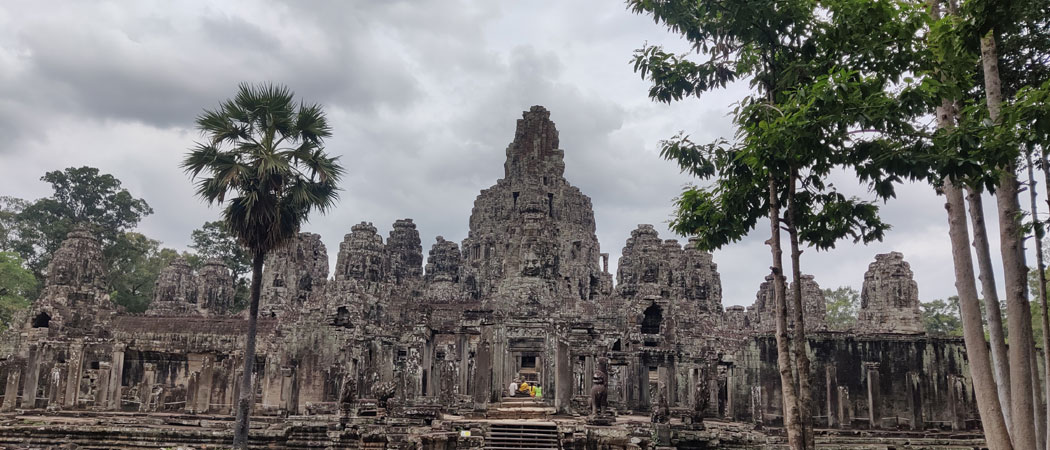
Indian Subcontinent
The Indian Subcontinent region comprises Nepal, India, Bangladesh, Maldives, Bhutan, Sri Lanka, and Pakistan which at present lies in South Asia. The region has deep-rooted cultures and traditions along with glorious history. The region’s history includes one of the oldest Indus Valley Civilization (3300-1300 BC). Throughout different eras, the culture and tradition blossomed which holds great cultural and religious significance. The ancient civilization, colonialism, and modern developments including rich vibrant culture make this region diverse.
Ethnicity, Religion, Festivals
Indo-China
The beauty of the Indo-China region is the varied religions and traditions that exhibit the cultural syncretism of this region. The ethnical diversity such as Malay, Thai, Burmese, Khmer, Vietnamese, Laotian, Filipino, and Indigenous Groups of the region living with harmony is a great testament to the unity. Though Buddhism is the dominant religion across these countries, it is also heavily influenced by Western cultures.
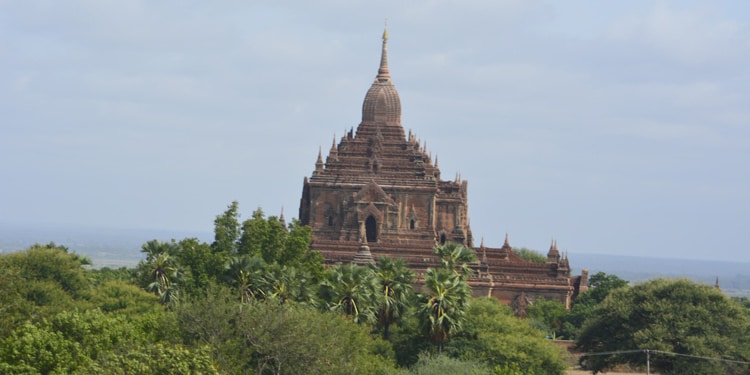
Nepal Tibet Thailand Myanmar Tour 20 Days

Myanmar (Burma) Special Tour 8 Days
Buddhism, Christianity, Islam, Hinduism, Chinese Folk religions, and Traditional Indigenous Beliefs are some prominent religions here. Different festivals are organized here shaping cultural practices. Songkran, Thaipusam, Eid, Thingyan, Tet Nguyen Dan, etc. are some of the vibrant festivals that display a rich religious tapestry and local traditions.
Indian Subcontinent
Likewise, the Indo-China region, the Indian Subcontinent is also ethnically diverse with more than 400+ diverse ethnicities and 500+ languages. The incredible number is a huge example of the region’s religious and cultural diversity. The region is a melting pot of religions which includes Hinduism, Buddhism, Jainism, Islam, Christianity, Sikhism, Indigenous Beliefs, and Folk religions. The prime ethnic groups are Nepalese, Bhutanese, Indians, Sinhalese, Bengalis, etc. including numerous other ethnic groups living in harmony and unity.
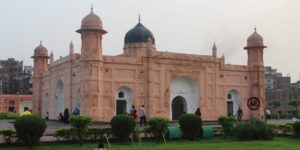
Srilanka Bangladesh Nepal Tour 15 Days
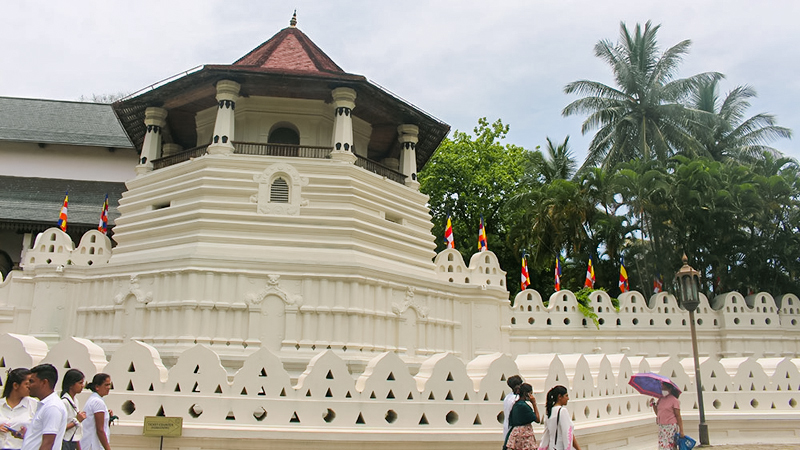
Nepal Bhutan Sri Lanka Tour 14 Days
Annually thousands of festivals are celebrated grandly such as Dashain, Diwali, Holi, Eid, Buddha Purnima/Vesak, Gurupurab, Losar, Navaratri, Tsechu, Durga Puja, etc. Hinduism, Buddhism, Sikhism, and Jainism religions have originated in the Indian Subcontinent region. It signifies the importance of this region as it has a deep-rooted strong connection which further exhibits the rich cultural and religious tapestry of the region.
Geography
Indo-China
Indo-China lies in the Southeast region of Southeast Asia, where the nations are located between the Indian Ocean and the Pacific Ocean. Geographically the region is abundant with breathtaking mountainous terrain, beautiful landscapes, amazing coastal and fertile plains with several river deltas, lakes, and beaches. Some of the prominent attractions in the Indo-China region are Ngapali Beach, Similan Islands, Cardamom Mountains, Tennaserim Hills, Taman Negara rainforest, Kuang Si Falls, Inle Lake, Ha Long Bay, Phang Nga Bay, etc. The diverse geography supports a range of ecosystems and biodiversity across the region.

Indian Subcontinent
Indian Subcontinent lies in the Southern part of South Asia which is geographically diverse and rich. From the towering Himalayan ranges including the world’s highest Mount Everest (8848.86m) in the north to the Deccan Plateau and coastlines and beaches in the south. The fertile Indo-Gangetic Plain stretches across northern India and Pakistan to the Thar Desert in the west. The region has covered it all and some of the prime attractions are the Sundarban Mangrove Forest, the natural beach Cox’s Bazaar, Sri Lankan Coastlines, the Malabar Coast, Andaman, and Nicobar Island, the outstanding Himalayan and Karakoram Range to deltas and plateaus, the distinct Valleys, extensive beaches, and essential river systems. The distinct geography fosters a wide array of ecosystems supporting the rich biodiversity.
Getting a Visa
Indo-China
There are different visa types and diverse application methods for visitors traveling to nations in Indo-China which are briefly tabulated below:
| Country | Visa Application Methods |
| Vietnam | E-Visa, Visa in Advance (from the Embassy/Consulates) |
| Cambodia | E-Visa, VoA (Visa on Arrival), Visa in Advance (from the Embassy/Consulates) |
| Laos | E-Visa, VoA (Visa on Arrival), Visa in Advance (from the Embassy/Consulates) |
| Thailand | E-visa, VoA (Visa on Arrival), Visa in Advance (from the Embassy/Consulates), Visa free access |
| Myanmar | E-Visa, Visa in Advance (from the Embassy/Consulates), Visa-free Access |

Indian Subcontinent
| Country | Visa Application Methods |
| Nepal | E-visa, VoA (Visa on Arrival), Visa in Advance (from the Embassy/Consulates), Visa-free Access |
| India | E-Visa (ETA), Visa in Advance (from the Embassy/Consulates), Visa-free Access |
| Bhutan | Requires to be obtained via a tour operator |
| Sri Lanka | VoA (Visa on Arrival), Visa in Advance (from the Embassy/Consulates), Visa-free Access |
| Bangladesh | Tourist Visa (E-Visa), VoA (Visa on Arrival), Visa in Advance (from the Embassy/Consulates) |
| Maldives | Tourist Visa (Visa on Arrival), Visa in Advance (from the Embassy/Consulates) |
| Pakistan | Tourist Visa (E-Visa), Visa in Advance (from the Embassy/Consulates) |
How is Air Connectivity between Indo-China and Indian Subcontinent?
There are few direct flights but several connecting flights between Indo-China and Indian Subcontinent regions. Several airlines operate flights connecting to the major cities between Indo-China and Indian Subcontinent regions. Bangkok and Chinese Mainland cities are best as well as easy and flexible within the Indo-China region. From China Mainland, it is possible to travel to Tibet as well but make sure to have a separate permit and a Tibet Group Visa.
New Delhi has a high flow of flights in the Indian Subcontinent region followed by Dhaka, Colombo, and Kathmandu. Direct flights are easily available as well as flexible within Indian subcontinent nations. Among several nations, Thailand and India have the most connecting flights and are ideal for traveling from other major countries of both regions.
Note: Besides air connectivity, Myanmar is the only Southeast nation of the Indo-China region that has land connectivity with the Indian Subcontinent region. It connects with Northeast Indian states.
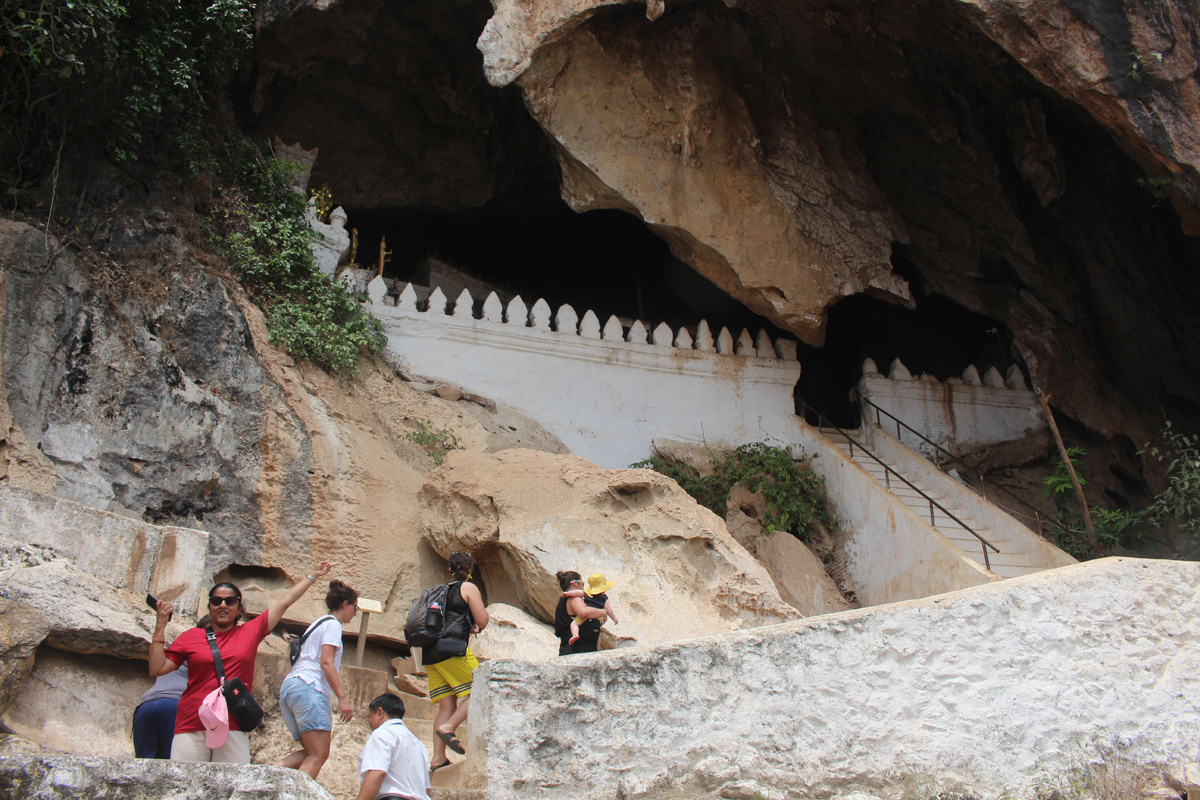
Cambodia Laos Nepal and Bhutan Tours 18 Days
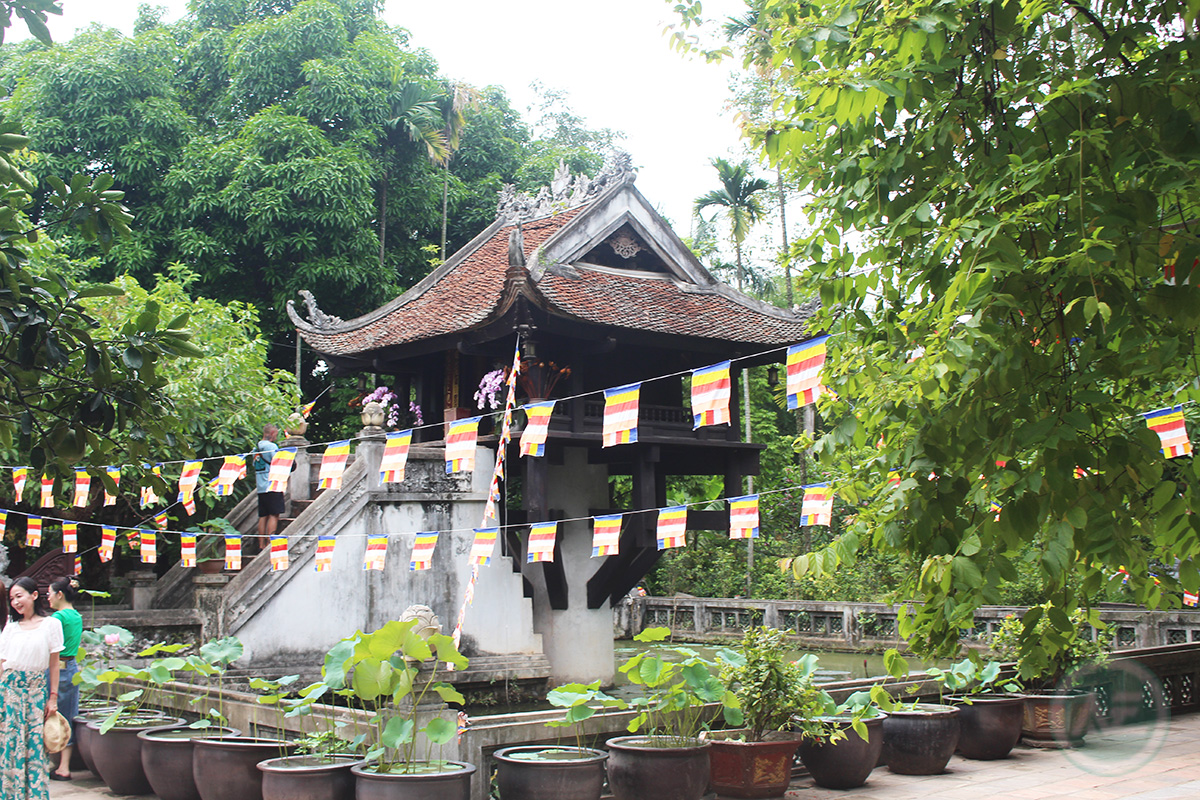
Vietnam Cambodia Thailand Nepal Tour 16 Days
Benefits of combined tours (Indo-China and Indian Subcontinent Region)
There are several benefits of combined tours that visitors can experience while traveling to the magical destinations of both regions. Some of the prime benefits are given below:
- Diverse Experiences for visitors through both the region’s rich history and culture along with its geographical diversity.
- Time and money saving through combined tours by maximizing travel time and exploring multiple regions in a single trip. It also allows visitors to save money through flight deals.
- Gain a deeper understanding of the region by exploring diverse cultures, religions, and histories which enhances visitors’ travel experience.
- The unique comparisons of cultural practices, architectural styles, and historical narratives of both regions give a broad perspective to the visitors.
- Adapting to various cultures and environments can enhance visitors’ flexibility and problem-solving skills.
- Exposure to different ways of life and historical contexts enriches personal knowledge and broadens global awareness.
- Create unique itineraries combining ideal destinations including adventure and relaxation of both regions and customize it for a personalized travel experience.
Considerations for a Successful Combined Tour
- Collect a Visa and make sure it complies with the Visa Policy of each country.
- Strictly follow the health advisories and each country’s guidelines on laws.
- Prepare for diverse climates and conditions, and eat from clean places for safety.
- Get travel insurance from a reputed agency and make sure it covers all medical emergencies, loss of goods, elevations, and evacuations.
- Proper planning is very essential for a successful tour so plan travel logistics systematically with a trusted tour operator.

Sri Lanka India Bhutan Nepal Tour 25 Days

Sri Lanka Nepal Bhutan Bangladesh Tours 20 Days
Benefits of Booking a Multi-Country Tour with One Tour Operator
- All planning is made simpler with an integrated itinerary between countries.
- Great deal for saving costs as it includes group discounts, discounted rates, and cost-effective package deals.
- Well-synchronized arrangements including cultural and natural attractions across multiple destinations with several fun activities.
- Flexible and customizable standard itinerary as preferred by the visitors.
- Wisely designed Pre-Planned Itineraries with the help of destination experts including tour activities saving time and effort.
- Provides knowledgeable guides with local expertise, and good communication skills for each destination for a better traveling experience
- Great assistance with all Visa and Documentation works for multiple countries for hassle-free travel
- A trusted tour operator ensures quality services (accommodations, transportation, guides, etc.), safety, and support throughout the tour.
Recommended for Indo-china tour

Nepal Tibet Cambodia Laos Tours 17 Days

Nepal Tibet Thailand Myanmar Tour 20 Days
Recommended for Indian Subcontinent tour
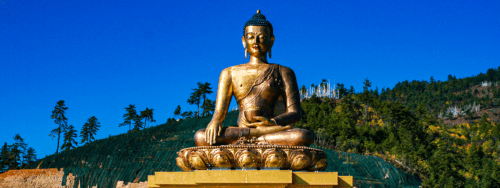
Nepal Bhutan Luxury Tour 12 Days
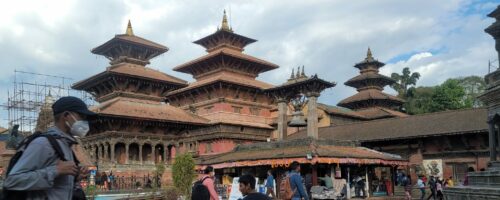
Bangladesh Bhutan Nepal Tour 16 Days
Indo-China vs Indian Subcontinent Comparison Table
| Factors | Indicator | Indo-China | Indian Subcontinent |
| Direct flight availability | Yes (both) | Available from world’s major cities to Bangkok, Singapore, Hanoi, etc. | Available from world’s major cities to New Delhi, Mumbai, Dhaka etc. |
| Connecting flight (1-stop) flight | Yes (both) | Frequent from common hubs (Bangkok, Kuala Lumpur, Singapore, etc.) | Frequent from common hubs (Doha, Dubai, Istanbul, New Delhi etc.) |
| Land Tour cost | Moderate to High (for some nations) | Generally moderate but slightly high for Tibet, China | Generally moderate but slightly high for Bhutan |
| Visa Process | Mostly feasible except for some nations | Varies with each nation’s Visa Policy but is mostly feasible except for Tibet (Tibet Visa process- only to be obtained via a licensed travel agency) | Varies with each nation’s Visa Policy but is mostly feasible except for Bhutan (Bhutan Visa compulsory requires to be obtained via a tour operator) |
| Religion/Diversity | Diverse (both) | Diverse but Buddhism is predominant | Highly diverse includes Hinduism, Islam, Buddhism, Christianity, and other religions |
| Meals | Diverse (both) | Mostly Chinese and Seafood; also includes each nation’s authentic cuisine, and continental | Mostly Indian; also includes each nation’s authentic cuisine, and continental |
| Accommodation | Diverse (both) | Wide ranges: Budget, Luxury, and International Chain Hotels | Wide ranges: Budget, Luxury, and International Chain Hotels |
| Favorable Travel Months | Diverse (both) | October to March (except Tibet)May to October (Tibet) | October to March (India, Bangladesh, Sri Lanka)March to May, September to November (Nepal, Bhutan) |
| Shopping | Variety of goods (both) | Vibrant markets with all types of goods; Best for modern products for shopping | Local markets to shopping malls including modern and historic goods; Ideal for Antique Goods |
| Local people or lifestyle | Friendly culture (both) | Mix culture and ethnic groups and are friendly | Mix rich culture and numerous ethnic groups and are more friendly |







